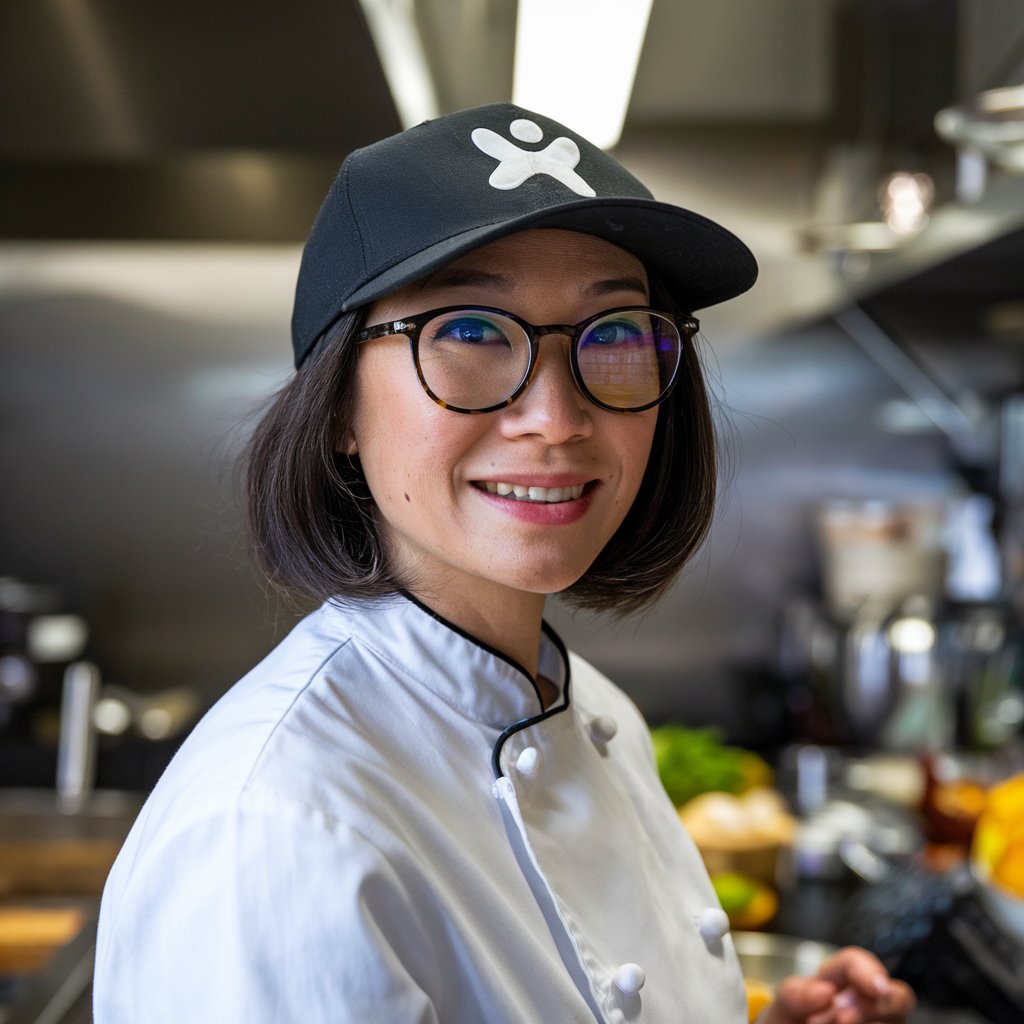Discover the Best Pork for Sous Vide: Unlock Incredible Flavor and Tenderness
What To Know
- In this comprehensive guide, we’ll delve into the nuances of pork cuts, their suitability for sous vide, and provide detailed recommendations for the best cuts to elevate your culinary creations.
- The loin is perfect for dishes where you want the meat to be the star, such as a classic pork loin roast.
- Whether you’re a seasoned pro or a novice cook, sous vide offers endless possibilities for creating tender, juicy, and flavorful pork.
Sous vide, the culinary technique of cooking food in a precisely controlled water bath, has gained immense popularity among home cooks and culinary professionals alike. When it comes to pork, sous vide offers exceptional results, yielding tender, juicy, and flavorful meat. However, choosing the best pork for sous vide is crucial to ensure an optimal experience. In this comprehensive guide, we’ll delve into the nuances of pork cuts, their suitability for sous vide, and provide detailed recommendations for the best cuts to elevate your culinary creations.
Understanding Pork Cuts
Pork is a versatile meat with a wide range of cuts, each with distinct characteristics and culinary applications. When selecting pork for sous vide, it’s essential to consider factors such as fat content, muscle structure, and flavor profile.
Best Pork Cuts for Sous Vide
1. Pork Loin
Pork loin is a lean and tender cut with a mild flavor. Its long, cylindrical shape makes it ideal for slow-cooking methods like sous vide. The loin is perfect for dishes where you want the meat to be the star, such as a classic pork loin roast.
2. Pork Tenderloin
Pork tenderloin is the most tender cut of pork. It’s a long, narrow muscle with a delicate texture and a slightly sweet flavor. Sous vide cooking enhances its tenderness, making it an excellent choice for quick and easy meals like grilled pork tenderloin or stir-fries.
3. Pork Shoulder (Boston Butt)
Pork shoulder, also known as Boston butt, is a large, fatty cut with a rich, flavorful meat. Its high fat content makes it perfect for long, slow cooking methods like sous vide. Pulled pork, braised pork shoulder, and carnitas are just a few of the delicious dishes that can be made with this cut.
4. Pork Belly
Pork belly is a fatty, flavorful cut that’s perfect for sous vide cooking. When cooked sous vide, the fat renders out, leaving behind tender, melt-in-your-mouth meat. Crispy pork belly is a popular dish, but it can also be used in dishes like ramen and stir-fries.
Choosing the Right Cut for Your Dish
The best pork cut for sous vide will depend on the dish you’re making. Here’s a quick guide to help you choose the right cut:
- Tenderloin: Grilled pork tenderloin, stir-fries, pork medallions
- Loin: Pork loin roast, pork chops, schnitzel
- Shoulder: Pulled pork, braised pork shoulder, carnitas
- Belly: Crispy pork belly, ramen, stir-fries
Tips for Sous Vide Pork
- Season generously: Season your pork with salt, pepper, and your favorite herbs and spices before cooking.
- Use a vacuum sealer: A vacuum sealer will remove all the air from the bag, ensuring even cooking and preventing the meat from absorbing water.
- Cook to the right temperature: Pork should be cooked to an internal temperature of 145°F (63°C) for medium-rare, 155°F (68°C) for medium, and 165°F (74°C) for well-done.
- Rest the meat: After cooking, let the pork rest for 10-15 minutes before serving. This will allow the juices to redistribute, resulting in a more tender and juicy meat.
Beyond the Basics: Advanced Sous Vide Techniques
- Dry brining: Dry brining pork with salt for 12-24 hours before cooking enhances its flavor and tenderness.
- Compound butters: Create compound butters by mixing herbs, spices, and aromatics into softened butter. Spread the compound butter over the pork before cooking for an extra burst of flavor.
- Infused oils: Infuse oils with herbs, spices, or aromatics by heating them gently together. Use the infused oil to baste the pork during cooking.
Key Points: Elevate Your Pork Dishes with Sous Vide
With the right pork cut and sous vide technique, you can elevate your pork dishes to new heights. Whether you’re a seasoned pro or a novice cook, sous vide offers endless possibilities for creating tender, juicy, and flavorful pork. Embrace the sous vide revolution and unlock the culinary potential of this versatile meat.
What You Need to Know
Q: What is the best temperature for cooking pork sous vide?
A: The optimal temperature for cooking pork sous vide depends on the desired doneness. For medium-rare, cook to 145°F (63°C), for medium to 155°F (68°C), and for well-done to 165°F (74°C).
Q: How long should I cook pork sous vide?
A: Cooking time will vary depending on the cut of pork and the desired doneness. As a general rule, cook pork loin for 1-2 hours, pork tenderloin for 30-60 minutes, pork shoulder for 8-12 hours, and pork belly for 12-24 hours.
Q: Can I season pork before cooking it sous vide?
A: Yes, seasoning pork before cooking sous vide is highly recommended. Generously season the meat with salt, pepper, and your favorite herbs and spices.
